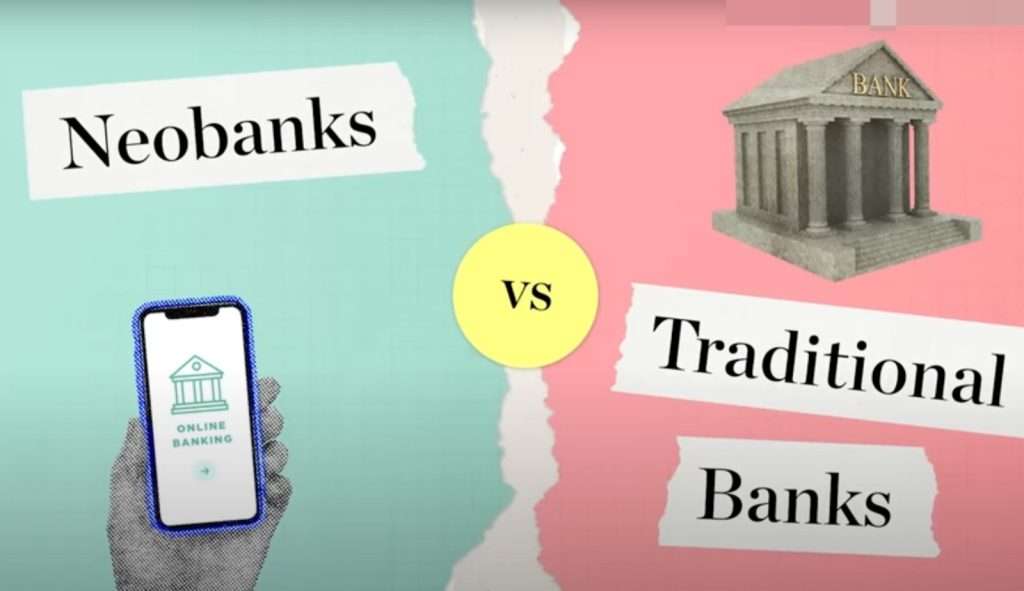COP 27 Outcomes: What You Need to Know About the Latest Climate Change Developments

COP 27 Outcomes: Latest Climate Change Developments Theme: A conference of parties (COP) was held in EGYPT on November 2022. What is COP: COP is a series of United Nations for controlling climate change that took place yearly and was established in 1995. The main aim of these conferences is to monitor and review the progress in dealing with climate change, made by the members of the United Nations Framework Convention on Climate Change (UNFCCC) to limit climate change. It consists of 198 countries. Objectives of COP 27: 1. To reduce global warming to 2 degrees Celsius to prevent irreversible damage. 2. To enhance climate resilience (capacity of social, economic, and ecosystems to cope with a hazardous event or trend or disturbance) in most vulnerable communities. 3. Deliver 100 billion dollars every year to help developing countries. 4. To stabilize the concentration of greenhouse gasses in the atmosphere. 5. To strengthen public awareness about climate change in every nation. Achievements: 1. COP 27 brought over 190 countries to find agreement on climate change, climate finance, decarbonization, biodiversity and agriculture. 2. The creation of the Green climate fund is one of the biggest achievements of COP, voluntary donations by rich nations to help low and mid-income countries to adapt to climate change and reduce emissions. 3. To continue the agreement which took place in Paris in 2015, COP 21 is to limit the global temperature rise to 1.5 degrees. 4. It included renewable energy for the first time and fossil fuel subsidies. Challenges: 1. Compared to COP 26 there was little progress from last year’s meeting in Glasgow on key issues around cutting planet-heating pollution. 2. No stronger commitment by countries to reduce methane emissions and to phase out fossil fuels. 3. It is also noted that there are no clear criteria mentioned by COP 27 to expand renewable sources of energy. 4. Because of no sufficient action, nations are no longer on track to reduce the 1.5-degree temperature. Conclusion: Overall, COP 27 ended with the announcement of historic loss and damage of funds, to continue the agreement which took place in Paris in 2015, COP 21 which is to limit the global temperature rise to 1.5 degrees. Overall, India performed well at Sharm El-Sheikh by supporting other developing countries on L&D, by proposing the phasing down of fossils and a set goal to reduce the low carbon emission strategy but advancement by the government in improving strategy is still needed for the nation’s development. References:https://unfccc.int/cop27https://www.un.org/en/climatechange/cop27 Also Read:https://hirednex.com/green-growth-the-new-india-2023/ Smart Agriculture: Approaches and Benefits in 2023
The Strong advantages of Neo banks over Traditional banks 2023

Theme: The Concept of Neo bank emerged years ago(2013-15), but in India, this concept came in 2016 by the company ‘Niyo Solutions’. What are Neo Banks? Neo Banks are simply digital banks without any physical branches. Advantages of Neo Banks: Convenience:– Customers can use these banks with the help of an app and they are easily accessible from anywhere and anytime. Lowers cost:– Neo banks charge lower interest on loans as well as they provide high interest on customers saving accounts also neo bank doesn’t require any physical branches so it helps banks to save their overhead costs. Speed:- Neo banks use advanced technology and help customers to register their accounts readily and process request time is quite low as compared to traditional banks. Examples of specialized Neo Banks:- Akudo:– These banks provide prepaid cards to teens so that the teenagers can safeguard their money as well as spend wisely. The tagline of the bank is – A Neo bank that rewards teens for mastering money.’ LXME:– It is India’s first bank for women-specific financial needs. Challenges of Neo Banks: Digital Literacy:- Tech literacy is quite low in India and these banks can only run online so, the banks are not able to cater to rural India. Building trust:- They don’t have physical branches like traditional banks because they feel risk in case of any issues or challenges. Services offered:– These banks offer a small range of banking services, unlike traditional banks. Recognition:– These banks are not yet recognised by the Reserve Bank of India(RBI) and hence it’s a huge challenge for Neo Banks. What are traditional banks? Traditional bank means those banks which have a physical presence and have a domestic banking license. These banks offer personal visits during specified office hours. Services offered by traditional banks are cash deposit and withdrawal, ATM services, financial transactions, International transactions, opening accounts, Fixed deposits, etc. Advantages of Traditional banks: Personal interaction:- In-person service to customers to build more trust in banks. Cash transactions can be processed:– Cash and check services are easily accessible to customers A wider range of financial services:- They offer a variety of services, unlike Neo banks such as checking, savings, certificates of deposit, auto loans, investing, etc. Digital literacy is not required:- people who are less familiar with tech can also easily access traditional banks. Challenges of Traditional Banks: Interest rates on loans are higher as compared to Neo banks. Traditional banks provide less interest on money in a savings account. While opening an account it requires a lot of paperwork and it is time-consuming. Collaboration of Traditional and Neo Banks: Many of the Neo banks are collaborating with traditional banks as traditional banks can reach the young and techy generation as well as data-driven insights, and personalized experience helps neo-banks to achieve a good position in the market and retain customers’ trust. Chqbook neo bank is the first-ever neo bank in India that caters to small business entrepreneurs. Since September 2020, its Mobile Application has been downloaded by more than 1 million users dwelling in 500+ cities in India. Conclusion: The meaning of ‘Neo’ means new. These are new-era banks without physical branches and can be easily accessible from anywhere via the Internet. They provide financial solutions such as payments, lending of money, payments, and more. They even provide investment facilities, debit cards, and more. It is still hard to judge whether Neo banks will be able to replace traditional banks in the future or not. Because still Neo banks are not recognized by the RBI (Reserve Bank of India). References : https://www.thehindubusinessline.com/blexplainer/explainer-neo-banks-vs-traditional-banking/article37801052.ece Also read : IMF World Economic Outlook 2023 The Strong Impact of 5G on the global economy
